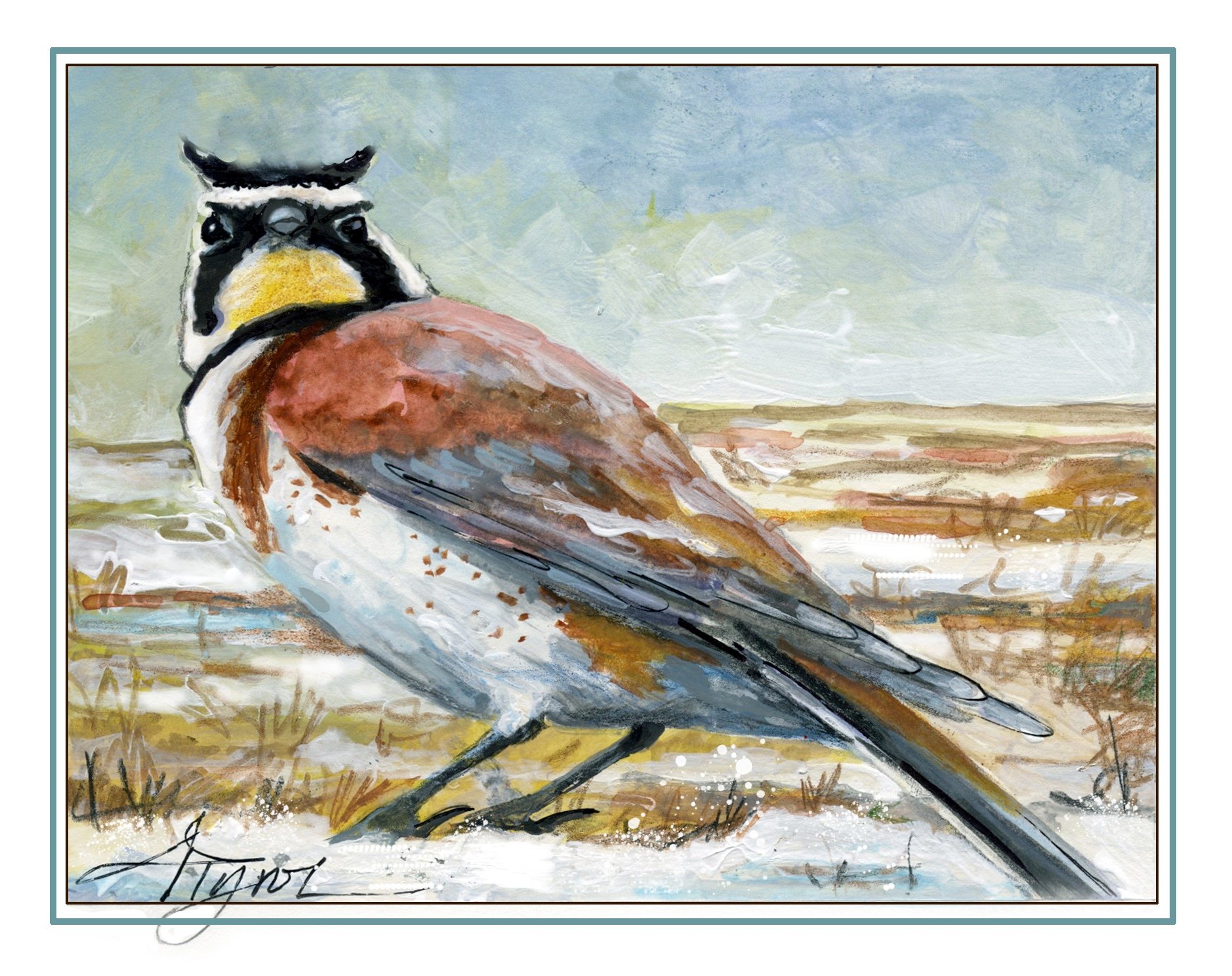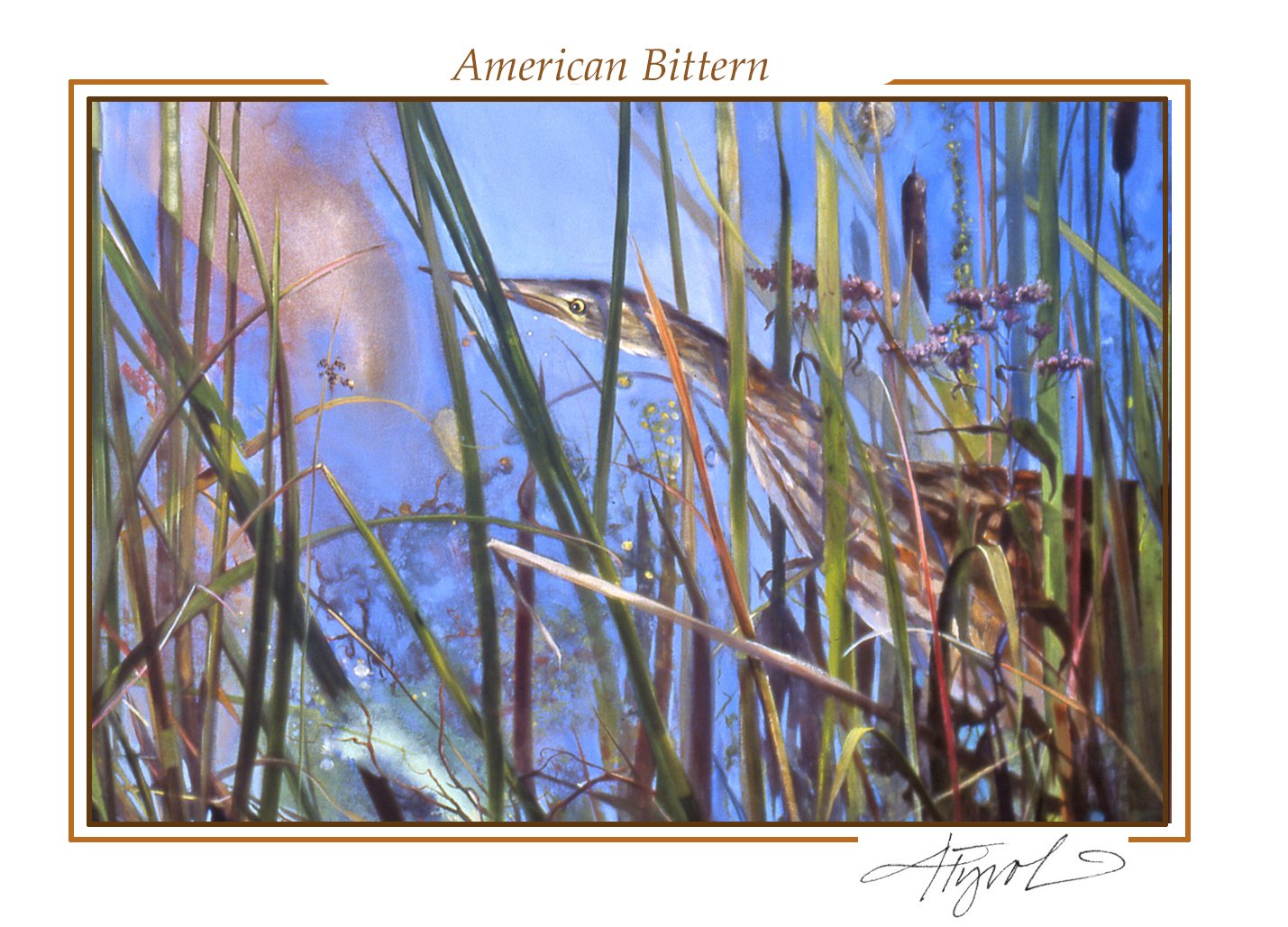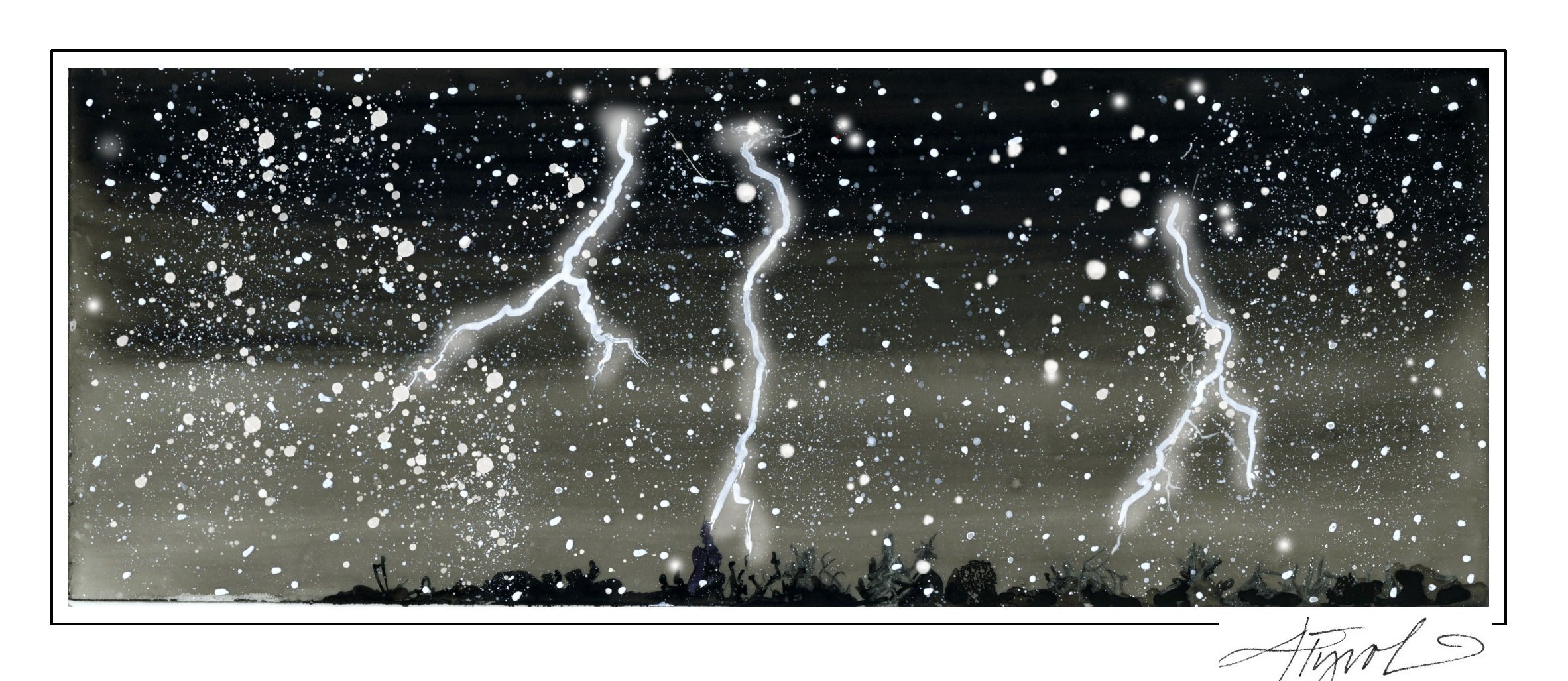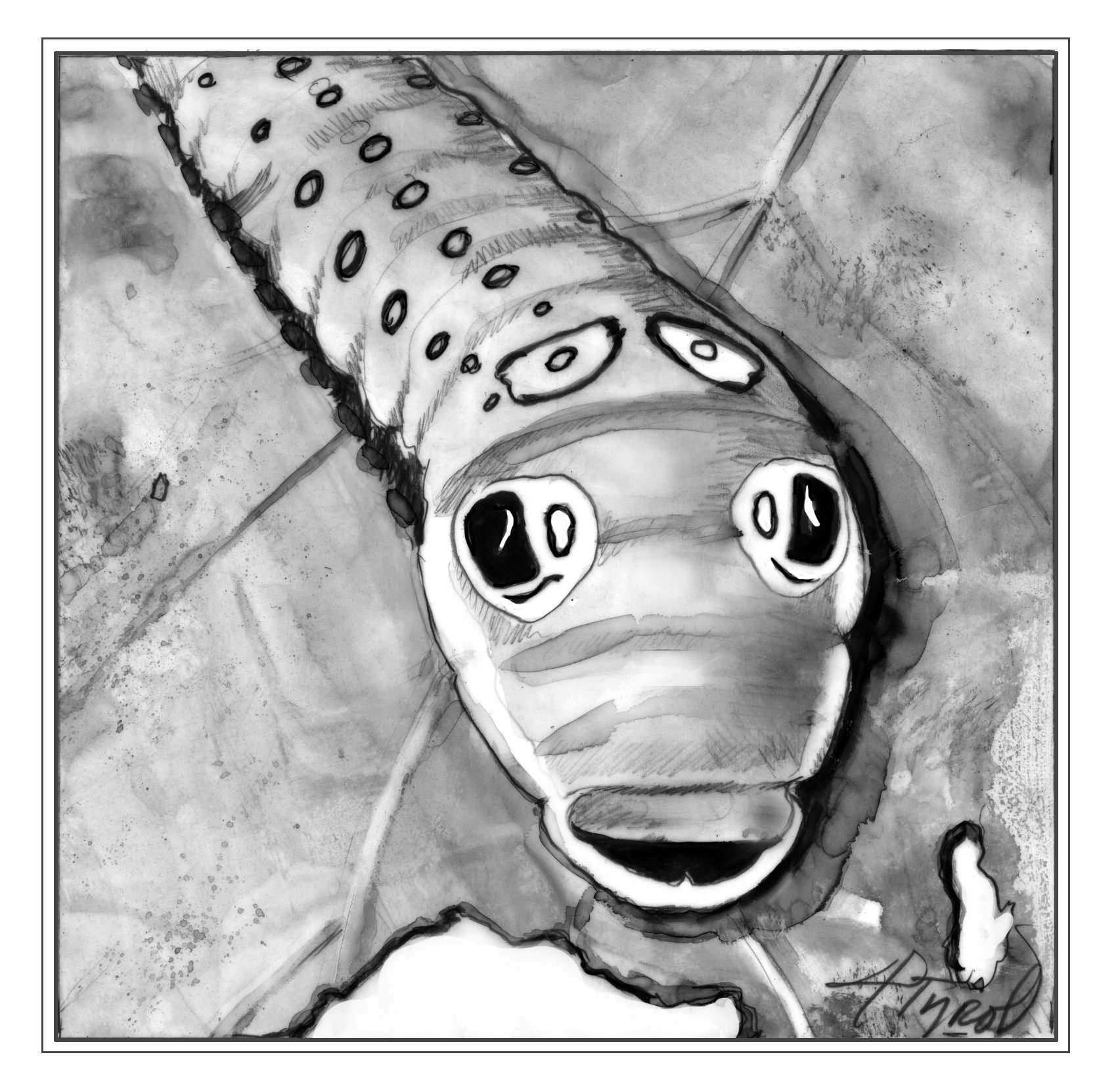
Frost quakes: Groans of Old Man Winter
Frost quakes events occur when a rapid drop in air temperatures dramatically decreases the temperature of waterlogged soil, typically after rain or a thaw.

Horned larks enliven sleeping fields
Halloween is long past, but you may notice devilish figures hanging out in scrubby fields and open areas this winter: horned larks.

Digger wasps come with benefits and misconceptions
On warm days through early fall, you can find two large species of “digger” wasps flitting about late-blooming flowers.

Many virtues of mountain mint
Behind my garden of native plants, one scrappy perennial holds its own among the tangle of goldenrod stalks and blackberry brambles. Its swaying flowerheads buzz with a throng of insects: golden digger and great black wasps, bumblebees, sweat bees, butterflies and beetles. This pollinator magnet is mountain mint.

Waterthrushes: Winged kings of bog and stream
If you’re looking for warblers on a walk in the summer woods, your first instinct might be to look toward the canopy. But two closely related warbler species forgo those elevated environs for the eddies and banks of forested streams and wetlands. These specialists of sylvan waters are a treat for any birder – and offer a challenging exercise in avian identification.

Aerial insectivores earn dinner ‘on the wing’
For aerial insectivores, insects are the primary item on the menu year-round – and they earn their dinner “on the wing.”

Herons, egrets, bitterns: Stalkers of the shallows
If you take to the water this spring, there’s a good chance you’ll spot a great blue heron, New England’s most recognizable large wading bird.

The Outside Story: Thundersnow makes for a rare winter storm
While most of us equate thunderstorms with hot, humid summer weather, they can also happen during the winter. Thundersnow is simply a type of thunderstorm where precipitation falls as snow rather than rain.

The Outside Story: Buttonbush is a boon for birds and more
As autumn begins and insect populations dwindle, many waterfowl species rely increasingly on seeds as a food source.

The Outside Story: Spicebush swallowtails rely on beautiful design
The spicebush swallowtail (Papilio troilus) is one of several butterflies in the Papilionidae family, whose range extends into the Northeast. The name is a nod to one of this butterfly’s preferred host plants, although spicebush swallowtails count multiple species in the laurel family among their caterpillar hosts.
